The Irish Government has impowered the National Automatic Enrolment Retirement Savings Authority (NAERSA) to implement a new auto-enrolment retirement savings system starting 1 January 2026, designed to increase pension coverage among workers without occupational pension plans. This initiative marks a major step toward improving long-term financial security for employees across Ireland.
What Is Auto-Enrolment?
Auto-enrolment is a mandatory pension scheme that automatically enrolls eligible employees into a retirement savings plan. It complements the State Pension and ensures broader participation in retirement planning.
Who Will Be Enrolled?
Employees will be automatically enrolled if they:
- Are aged between 23 and 60
- Earn more than €20,000 annually
- Do not currently have a workplace pension
- Only applies to class A and J PRSI contributors, and
- Directors on class M or S are excluded.
The new auto enrolment pension scheme is called My Future Fund (MFF). If employees do not meet the age and income thresholds, they have the option to opt into the scheme. When an employee opts-in they have the same rights as an employee that was automatically enrolled.
After you are enrolled, you must stay in the pension scheme for at least 6 months. You can opt out after 6 months but before you have been in the scheme for 8 months. All contributions, including those from your employer and the State, will be suspended. All the existing contributions in your fund are kept there until you start making contributions again. If you suspend your contributions, you must wait at least 12 months before you can start making contributions again. If you leave the plan or suspend your contributions, you will be automatically re-enrolled after 2 years if you are still eligible for the scheme.
Phased Rollout of Contributions
To ease financial impact, the scheme will introduce contributions gradually over a 10-year period:
| Years in Scheme | Employee Contribution | Employer Contribution | Government Contribution | Total Contribution |
| Years 1–3 | 1.5% | 1.5% | 0.5% | 3.5% |
| Years 4–6 | 3% | 3% | 1% | 7% |
| Years 7–9 | 4.5% | 4.5% | 1.5% | 10.5% |
| Year 10+ | 6% | 6% | 2% | 14% |
Maximum Contribution Limits
- Contributions are capped at gross earnings of €80,000.
- Employer and State contributions apply only up to this threshold.
- Additional voluntary contributions are not permitted at launch, though future enhancements may allow for more flexibility.
Financial Impact Analysis
To illustrate the long-term benefits, consider an employee contributing €100 per month:
| Years | Employee (€) | Employer (€) | State (€) | Total Retirement Savings (€) |
| 10 | 12,000 | 12,000 | 3,999.60 | 27,999.60 |
| 20 | 24,000 | 24,000 | 7,999.20 | 55,999.20 |
| 30 | 36,000 | 36,000 | 11,998.80 | 83,998.80 |
This analysis highlights how modest monthly contributions can grow substantially over time, due to the combined support from employers and the State.
Tax Considerations
- Employee contributions under auto-enrolment do not qualify for income Tax relief.
- Instead, the State top-up (33% of the employee contribution) acts as an indirect benefit, equivalent to a 25% uplift.
- Employer contributions are Tax-deductible and not treated as a benefit-in-kind for employees.
- Investment growth within the pension fund is exempt from tax while held.
- On retirement, lump sums up to €200,000 are tax-free, taxed at 20% between €200,000–€500,000, and 40% above €500,000.
- The scheme is subject to the Standard Fund Threshold (SFT), meaning total pension values across all schemes will be assessed for tax liability at drawdown.
Resources and Guidance
The Department of Social Protection has published videos via Youtube Link explaining:
How auto-enrolment works
- Eligibility criteria
- Contribution rates
- Employer obligations
- Opt-out and re-enrolment procedures
Implications for Employers
Employers will need to:
- Integrate payroll software updates. Payroll software providers will issue an update to comply with MFF, allowing for contribution calculations and submissions to NAERSA. There will be an option in payroll to check for “OPT In” instructions from NAERSA to tell which employees should be included for MFF. Employees contact NAERSA if they have a query or issue with their deductions. Communication between employers and NAERSA will work in a similar way to RPN’s with Revenue.
- Ensure compliance with scheme requirements. Employers must register with NAERSA before the end of 2025 on the My Future Fund Portal. The registration portal is not yet available so this will be a task for later this year but remember it must be completed before year end.
- Commencing in January 2026 MFF deductions will be made and paid over to NAERSA the day after payroll is run.
- Communicate clearly with employees about their rights and options.
- Current pension legislation is not changing, and employers are still obliged to offer a PRSA to employees who wish to avail of it.
Final Thoughts
Ireland’s auto-enrolment pension scheme represents a transformative shift in retirement planning. It offers a structured, inclusive approach to financial security and is expected to significantly improve pension coverage across the workforce, but ultimately this adds another running cost to employers.
